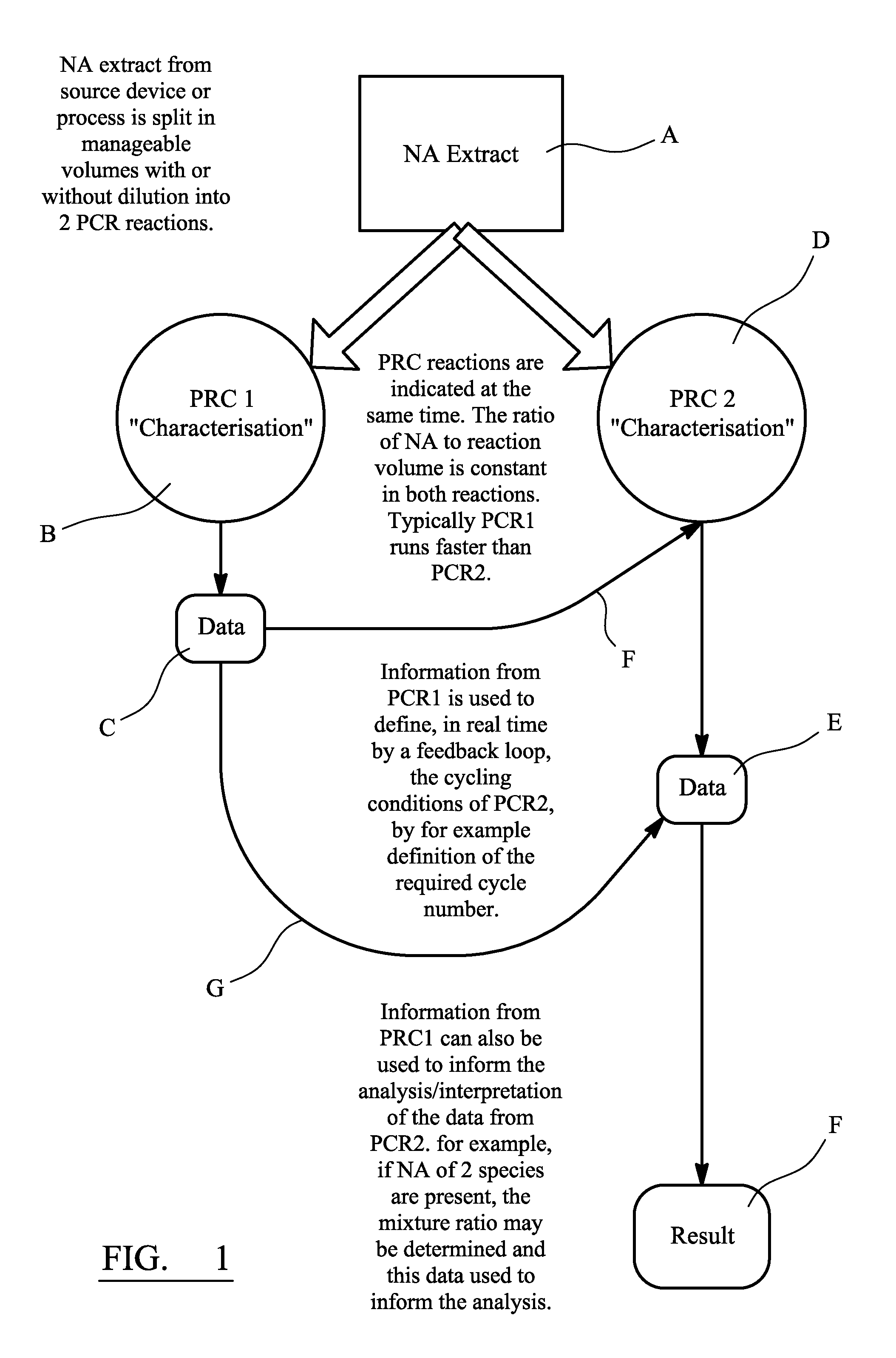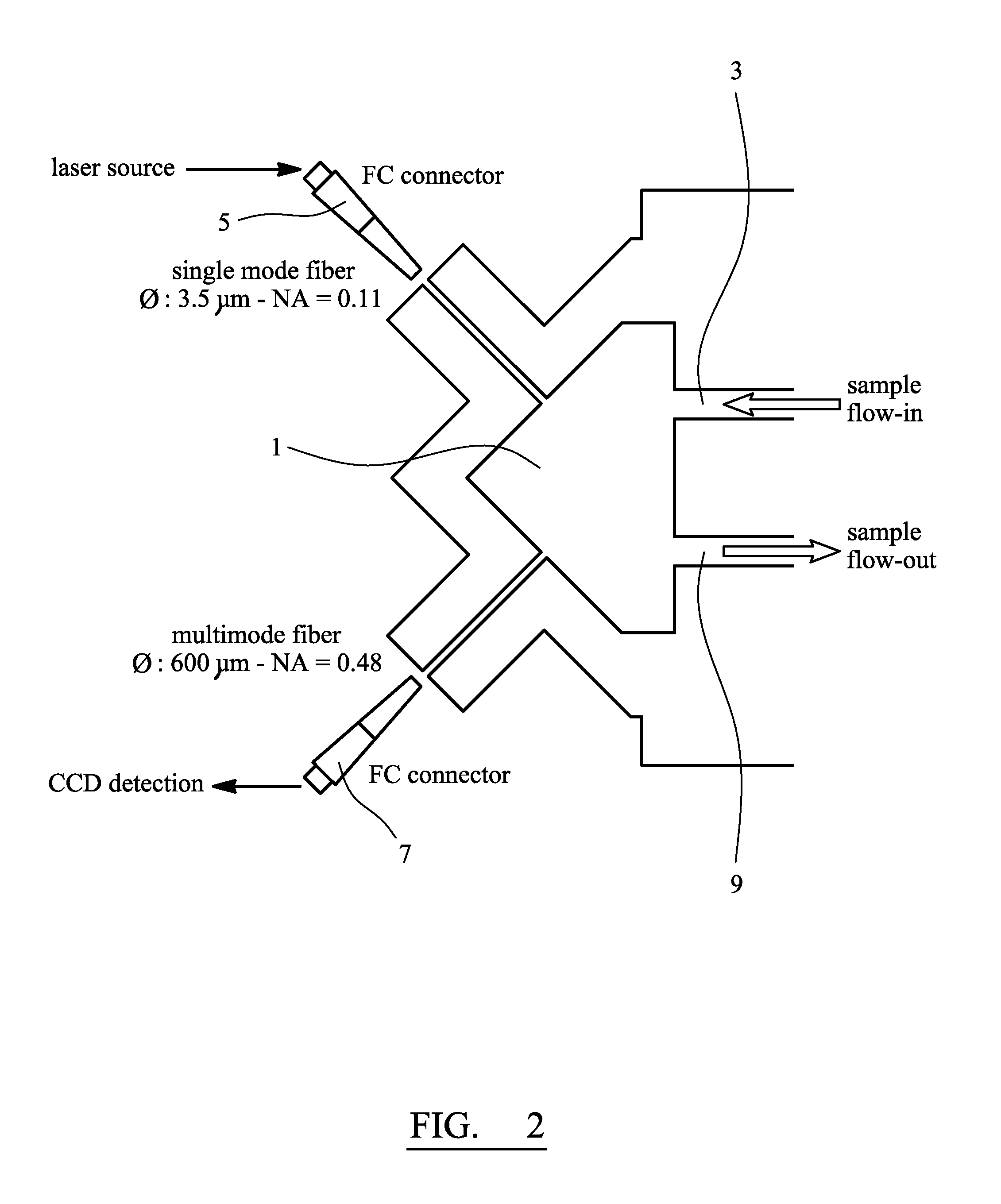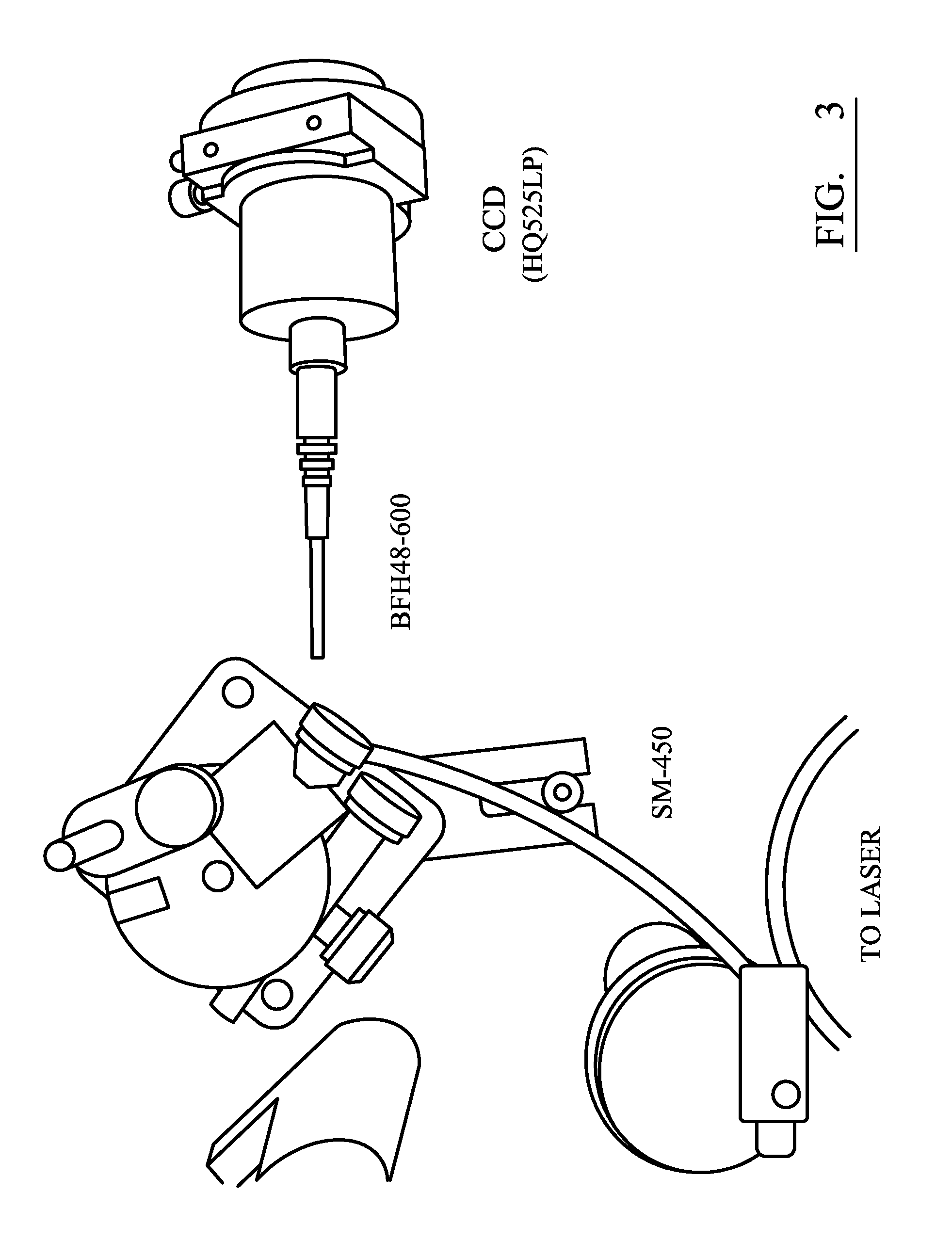Analysis
a technology of analysis and analysis method, applied in the field of analysis, can solve the problems of time delay which must be incurred, delay in the completion of the main analysis method, and introduce complications, so as to achieve the effect of simplifying the process of collecting, splitting and using samples and no added complexity
- Summary
- Abstract
- Description
- Claims
- Application Information
AI Technical Summary
Benefits of technology
Problems solved by technology
Method used
Image
Examples
Embodiment Construction
[0067]As illustrated schematically in FIG. 1, the method involves an extraction stage, A, subsidiary analysis stage, B, subsidiary analysis data processing stage, C, main analysis stage, D, main analysis data processing stage, E, and result presentation stage F.
[0068]The extraction stage, A, involves the collection of a nucleic acid sample and its preparation to a form suitable for analysis.
[0069]The sample could be from a blood sample, bodily fluid sample, cells or other biological sample. The sample could be from an environmental source. The sample could be taken directly from a person, for instance using a swab or syringe, or the sample could be collected indirectly, for instance from a surface at a crime scene. The extraction stage, A, may include any of the steps necessary to place the nucleic acid in a form suitable for analysis. This could include dilution, cell disruption, buffering, addition of reagents or the like.
[0070]Once the extraction stage, A, is completed, the sampl...
PUM
| Property | Measurement | Unit |
|---|---|---|
| angle | aaaaa | aaaaa |
| volume | aaaaa | aaaaa |
| operating temperature | aaaaa | aaaaa |
Abstract
Description
Claims
Application Information
 Login to View More
Login to View More - R&D
- Intellectual Property
- Life Sciences
- Materials
- Tech Scout
- Unparalleled Data Quality
- Higher Quality Content
- 60% Fewer Hallucinations
Browse by: Latest US Patents, China's latest patents, Technical Efficacy Thesaurus, Application Domain, Technology Topic, Popular Technical Reports.
© 2025 PatSnap. All rights reserved.Legal|Privacy policy|Modern Slavery Act Transparency Statement|Sitemap|About US| Contact US: help@patsnap.com



